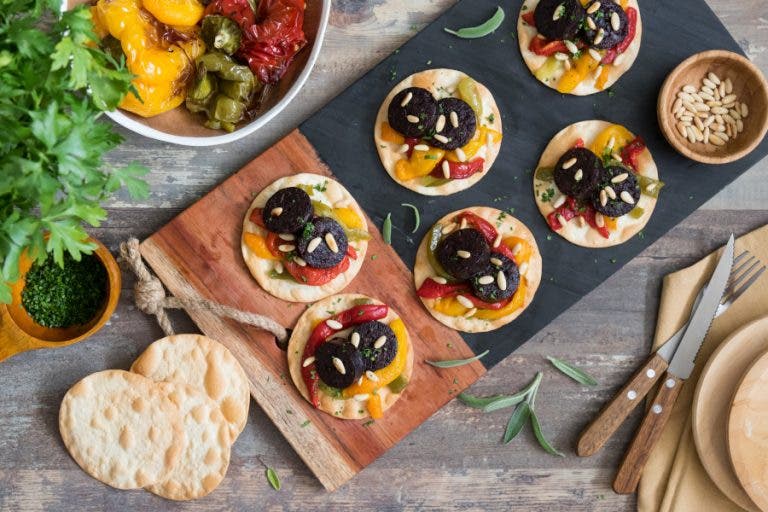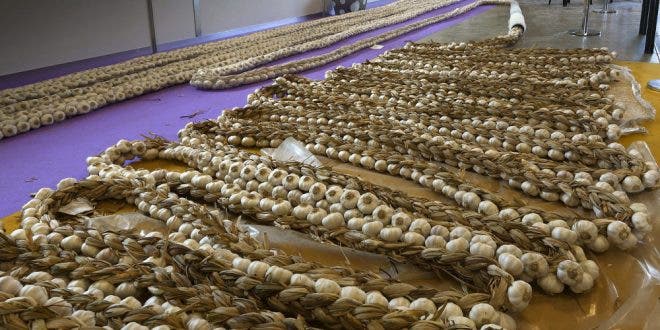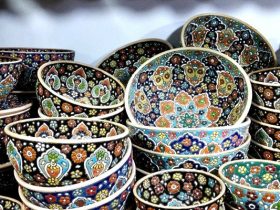No products in the cart.

Tour of the most “emblematic” dishes of Burgos from the ABC of Nutrition, dishes in which blood sausage is the protagonist, but in others it is just one more ingredient
Burgos stands out for its fields of cereals and vineyards, for its strong meat industry and for its extensive livestock work that accompanies it.
All these factors, explains Laura González, Nestlé’s head of health and nutrition, have influenced the establishment of a type of traditional gastronomy in the municipality.
“In general, the recipes are simple and follow the traditions of farmers and farm workers. They are strong and forceful due to the climate of the area, “says the nutritionist.
Burgos is undoubtedly known for the “emblematic” Burgos black pudding, he highlights, a product that is made after the pig is slaughtered and with which multiple combinations can be made for a “pica-pica”.
“You can make appetizers such as black pudding and pepper sandwiches, apple and black pudding patties or black pudding, onion and potato pastries. Dishes that will take you 20 minutes at most “.
And although blood sausage is used in many dishes, it is not always the protagonist of Burgos gastronomy.
Spoon, hot or cold
As in other provinces, Laura González speaks of legumes as a product that appears in many of these dishes, “especially lentils cooked in stews and stews.”
As an example, there are the lentils a la Burebana, which are cooked together with a blood sausage and chorizo, rice and pork mask. Although it is customary to consume it hot, the nutritionist indicates that, traditionally, it was eaten cold, as it was a dish that shepherds ate when they slaughtered outside the home.
In the same way, we find Burgos lentils, “made with beef, eggs, potatoes and onion.”
Despite having spoken on other occasions about Castilian soup, in Burgos it is also a classic.
Another dish that is also considered traditional at dinners is calducho soup, a spicy and salty soup, the expert details, cooked from slaughter black pudding.
“It is a very caloric dish and totally useful,” she continues.
On the other hand, Burgos includes in its cuisine a typical dish that time has given an “unappetizing” name: rotten pot.
“It is a very popular traditional recipe, originating in the Middle Ages, where red beans from Ibeas and Juarros take center stage along with blood sausage from Burgos”.
The name of this dish, González recalls, refers to the pot of the powerful, but the term was degraded over time until it was called this way.
Second courses
Among its variety, Laura González highlights the Burgos snails, the suckling lamb or the roast suckling pig.
“Products very widespread throughout Castilla y León, and with a protected geographical indication”, she explains.
Although the municipality does not have a sea, this has not been an impediment for the recipes based on fish to “shine” within its recipe book.
“Stewed crabs and trout from the Arlanzón river and the Duero basin are also important.”
Product “emblem” of the province
It is Burgos cheese, a dairy that was originally made with sheep’s milk, but now it is much more common to find it from cow’s milk or even mixed, according to the expert.
Its properties include its low fat content, high protein content, and calcium and phosphorus content.
“With this cheese you can prepare countless recipes. For example, first a cream of zucchini and fresh cheese, or a cold cream of tomato with fresh cheese, or even a light sauce to add to a plate of broccoli or potato “, lists the nutritionist.
“Second,” she adds, “we can prepare salmon rolls with fresh cheese, with herbs, or a simple and helpful omelette with spinach and fresh cheese”.
From the field to the table
In the words of the nutritionist, Burgos has very good products from the land, apart from legumes, such as lettuce from the Medina, which includes the Batavia variety and oak leaf.
“The characteristics of the terrain and its selection make it possible to collect these top quality vegetables with wonderful organoleptic characteristics. The orchards of Miranda del Ebro also leave us a great product. Tomatoes grow full of flavor and aroma, with thin skin and a very meaty texture, “she explains.
As for the fruit, there is the Valle de las Caderechas, a wooded landscape where walnut trees, almond trees, hazelnuts and red fruits grow wild.
“In addition, there are plantations of different fruits such as plums, juicy peaches, figs and varieties of pears, medlars and grapes. Although the most important crops in the area are apple and cherry trees, “she details.
What’s your reaction?
Love0
Sad0
Happy0
Sleepy0
Angry0
Dead0
Wink0









